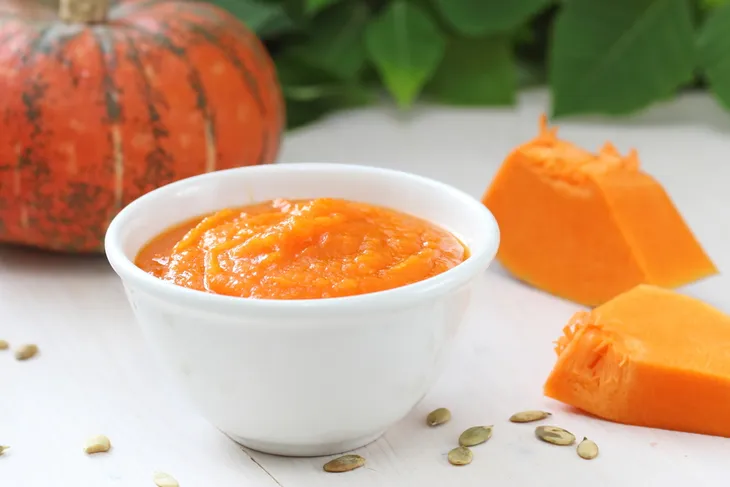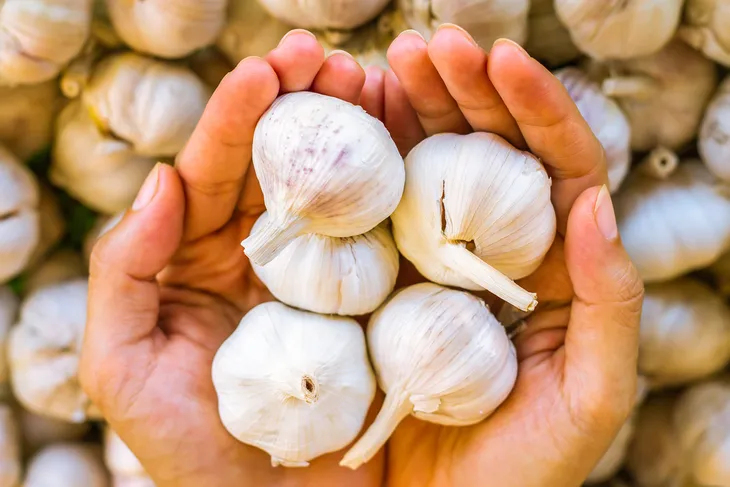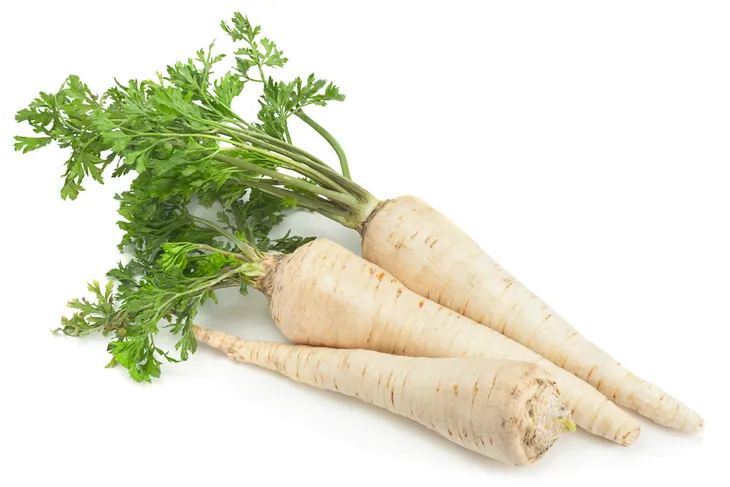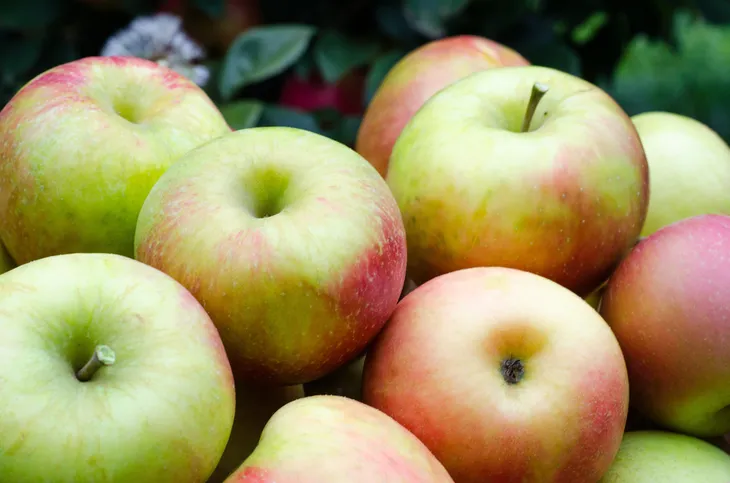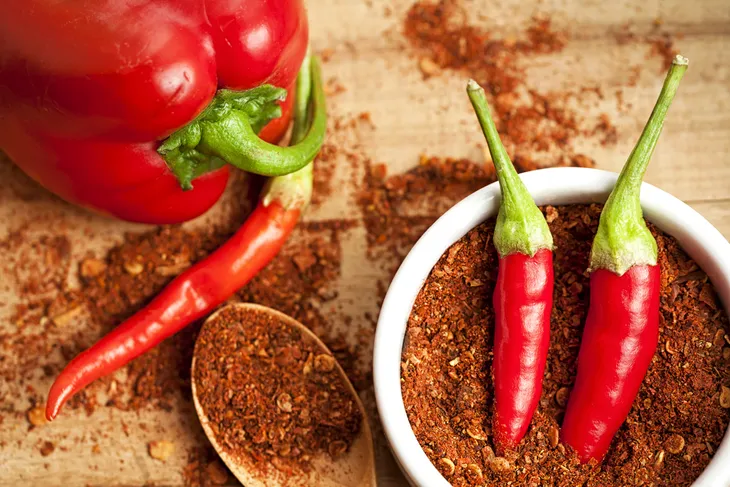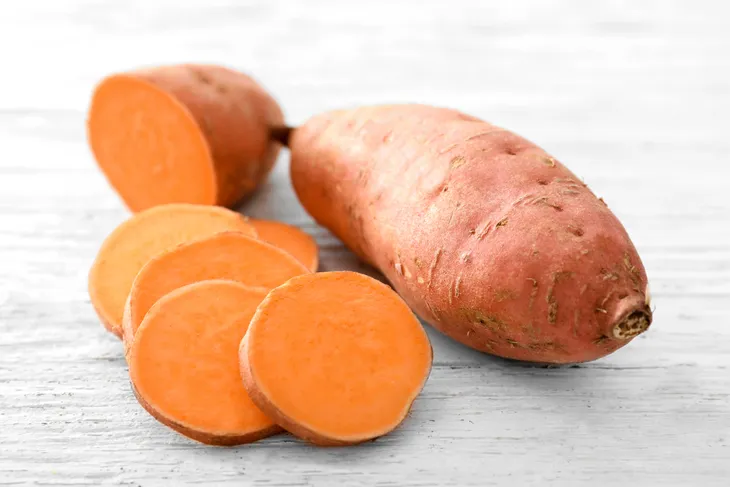There is something in the air this time of year—when late summer welcomes early fall. As the mornings turn crisp and the kids start shopping for back to school supplies, the foods the body craves turn from light and summer sweet to hearty and autumn robust, meaning they’re just what the doctor ordered to prepare your immunity for the impending influenza season ahead.
Here are eight of autumn’s finest immune boosting foods…
Pumpkin
The bright orange cucurbita, a vegetable in the same family as squashes and gourds, is the perfect immune strengthener for fall. Not only does pumpkin blend nicely into desserts, hearty casseroles, stews, soups, and curries, this versatile veggie is jam-packed with all sorts of essential nutrients that will guard the body against colds and germs—such as vitamin C, folate, antioxidants, zinc, beta-carotene, and even heart-healthy omega 3 fats.
Cinnamon
Cinnamon is the spice that I start substituting for honey in my coffee and tea as soon as the temperature drops. Not only does this comforting spice do the trick in warming the cold toes, fingers, and noses—cinnamon spice or cinnamon sticks have a long history of medicinal use when it comes to treating stomach upset, stomach flu, nausea, and stubborn colds due to its natural antibacterial and anti-viral properties.
Garlic
Garlic might do the trick on Halloween to keep the vampires away. However, this pungent and aromatic herb is efficient for keeping real life horrors at bay as well. Garlic contains allicin, a chemical compound that’s been administered for centuries as a natural medicine to prevent all sorts of flu viruses, fungi, and bacterial infections.
Ginger
When it comes to lasting through a bout of stomach flu, I always make sure I’m stocked up on my biggest natural ally—ginger. This medicinal root can be added to warm water or herbal tea (with a bit of honey) to soothe a raw throat, quell a stubborn cough due to cold, ease nausea, and subdue digestive upset.
Parsnips
You might have scratched your head the first time you laid eyes on this white, sick looking carrot. However, the parsnip offers more than a punch of unmistakable flavor to soups and stews, the root vegetable is super rich in Vitamin C, a known immune booster that wards off common cold-causing infections. Parsnips are also rich in potassium, which Harvard Medical School credits in lowering blood pressure and controlling hypertension.
Apples
Fall season is always marked by a trip to the apple orchard for many families…not to mention the bright, shiny fruit that’s presented to the teacher on the first day back to school. It’s a beneficial gift for sure—considering apples serve up huge anti-inflammatory and anti-allergenic benefits in each bite. So get munching to ward off all sorts of common cold infections and fall allergies.
Cayenne Pepper
It turns out that eating cayenne peppers does more than impress your friends in a contest of who can withstand the hottest sauce. The spice of cayenne peppers in soups, chilies, and curries will turn up the spice while it does its job eradicating bacteria and flu viruses before they start. An existing cold can also benefit from cayenne in water with lemon to calm cough and break up chest congestion.
Sweet Potatoes
Aside from providing a healthier, less starchy alternative to regular white potatoes, this vibrant orange tuber adds a sweet taste to casseroles, fall soups, curries, and pies. But in addition to landing low on the glycemic index, sweet potatoes pack a serious vitamin C and beta-carotene punch to protect eaters from cold and flu infections.

